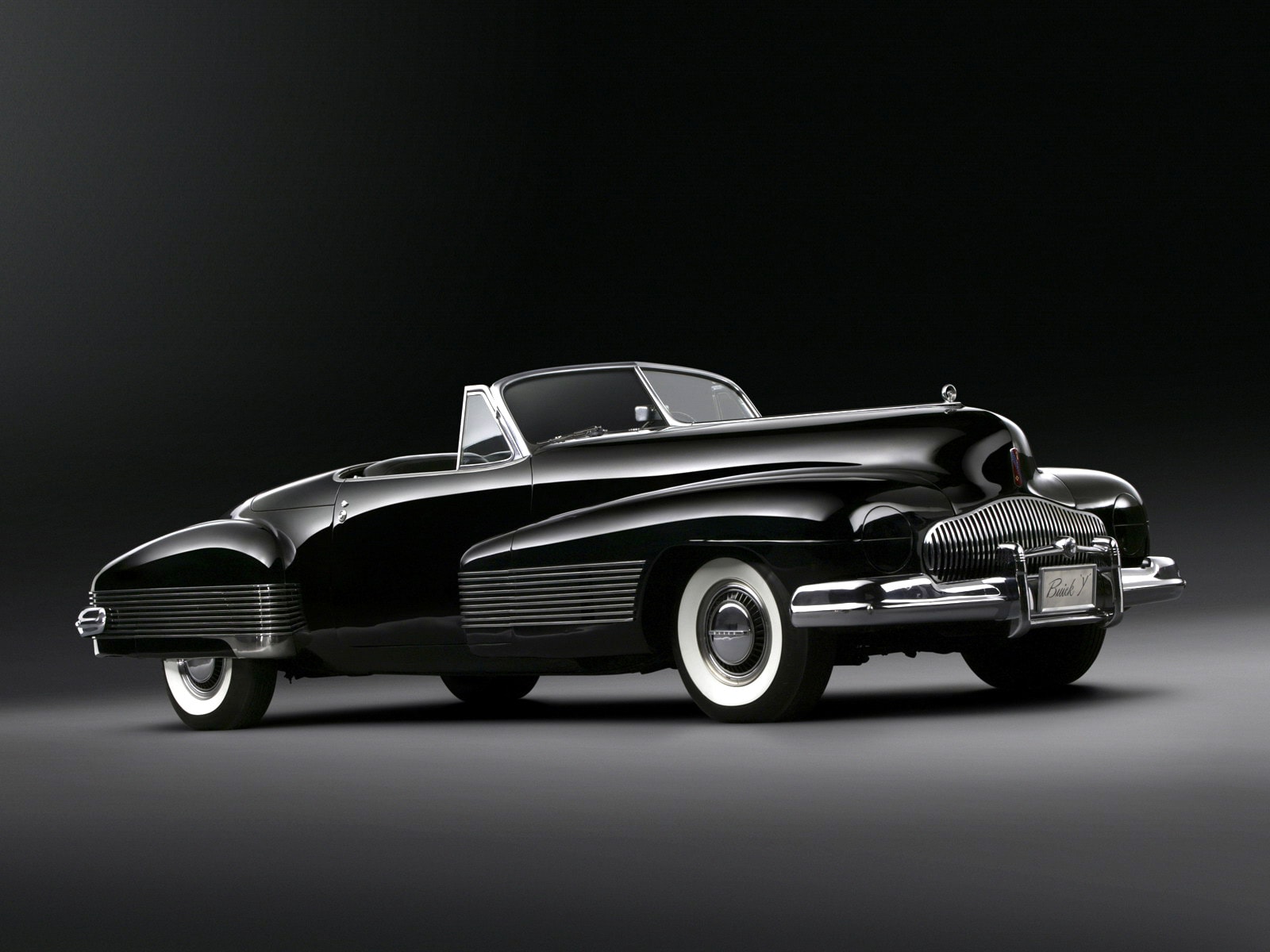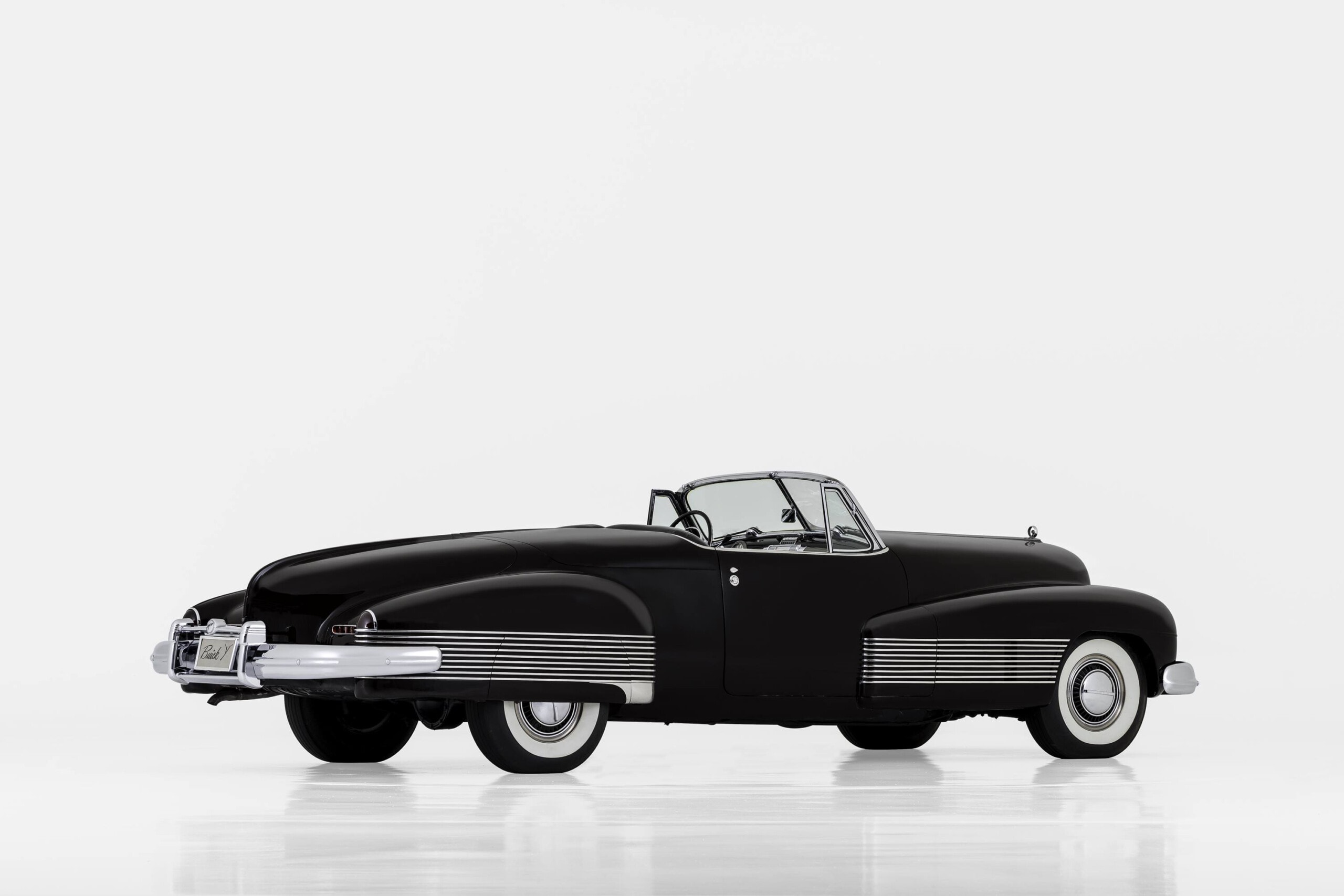Concept cars are used to lure visitors to car shows. But nowadays, concept cars have mostly been abandoned by major car companies, just like car shows. Yet for almost 90 years, concept cars were the talk of the industry. They excited crowds, showed off new designs, and influenced the car industry’s future. Most of the show cars never made it to production, but some did.
The American car industry invented concept cars in the late 1930s and developed it into a trend during the ’50s. Some concept cars surprised car fans, showing them how some brands were innovative and advanced in their thinking. As mentioned, most of these vehicles were close to production but were canceled at the last moment. That’s why we decided to look back through Detroit’s alternate history. Check out the concept cars that turned heads despite never hitting the pavement here.

Buick Y Job
The first concept car in the world was the 1939 Buick Y Job. It was the brainchild of famous GM designer Harley Earl, who designed the car for a show circuit and to show future trends. The Y Job was renowned for its hidden headlights, smooth lines, and elegant appearance. It was built on a regular production chassis with a standard drivetrain but featured a unique interior (via Hemmings).

Unlike some other concept cars, which are purely for show purposes, the Y Job was a fully functional vehicle. It was even used by Harley Earl for many years. If you look at the design of early ’50s Buick models, you’ll notice a resemblance to the Y Job concept. Today, this vital piece of American car history and culture is a permanent piece of the GM Heritage collection.
